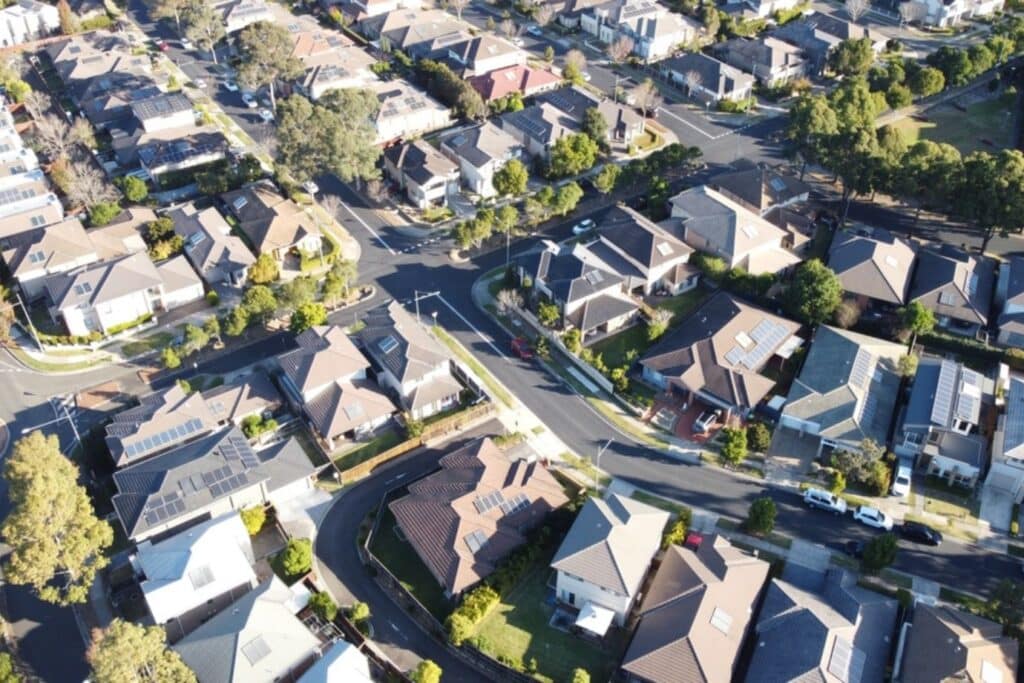Two thirds of Australians are experiencing housing stress, facing “uncertainty, anxiety and hardship” amid the country’s ongoing housing crisis.
The national housing campaign Everybody’s Home released a new report on July 24, detailing the “brutal reality” of social housing shortages, increased living costs and the impact of domestic violence on women and their search for safe and affordable housing.
After surveying almost 750 people, the report found 67 per cent of respondents are currently experiencing housing stress.
Four in five, or 82 per cent, of renters experience rental stress, and three quarters are concerned about financial security as a result of the housing crisis. Two thirds of the respondents of the survey worried about their mental health and wellbeing.
Everybody’s Home also surveyed 95 organisations providing services and support for housing in Australia. They found almost 90 per cent of the organisations reported bigger and more complex workloads, with 61 per cent saying their staff have experienced burnout or have resigned.
Maiy Azize, a spokesperson from Everybody’s Home, said the crisis is hurting ordinary Australians the most, including vulnerable women and children.
“These figures and the stories behind them are harrowing,” she said.
“We’ve heard from people worried they will become homeless with their children, renters in extreme hardship and older women who are considering sleeping in their cars or on the streets because they can’t find an affordable home.”
An earlier report from Equity Economics and Everybody’s Home found domestic violence, plus the lack of long-term social housing for women in Australia, sees 7,690 women returning to violent partners every year. There are 9,120 women that leave domestic violence situations, but become homeless as a result.
With a shortfall of 640,000 social homes as of 2022, the highest figure to date, Everybody’s Home point to the lack of social and affordable housing, not generic housing, that is causing the national housing crisis.
“Social housing is the best way to free up cheaper rentals and boost the supply of affordable homes,” Maiy Azize said.
“The federal government must create 25,000 new homes each year to meet the social housing shortfall.
“The solutions are clear. It is time to listen to people on the frontlines of our housing crisis and take action.”
Estimates based on the latest census data from the Australian Bureau of Statistics (ABS) found homelessness in Australia has increased by 5.2 per cent over the last five years, with women driving most of the growth.
Since 2016, the number of women and girls who are experiencing homelessness in Australia grew by approximately 10 per cent.
The federal government has proposed the Housing Australia Future Fund Bill, which currently sits before the Senate. If passed, the legislation will invest $10 billion to build 30,000 new social and affordable housing properties in its first five years.



